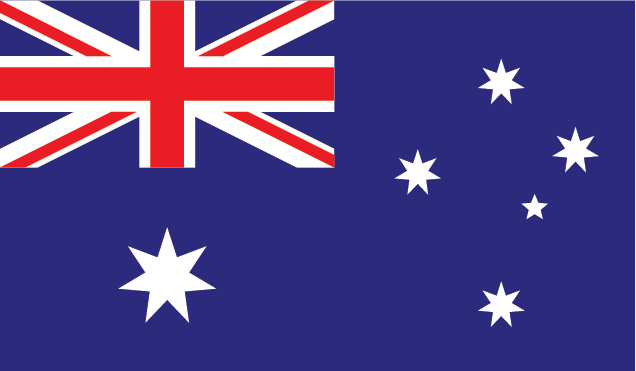Perhaps the biggest task to be undertaken on the boiler cradle was the replacement of the complete rear end section. In the photos (above and below) the original frame is shown in grey, whilst the new section is painted green.
The original cradle was flared in the same way, but further towards the rear. With the re-gauged engine units in place, the pony truck which resides under this part of the cradle will become wider, and would have fouled on the original frame, hence the flare is being moved further towards the front of the frame to create more clearance.
The first stage was to cut away the old part and clean the frame ends up ready for welding. As well as keeping the frame square, the critical challenge was maintaining the correct center distance between the front and rear bogie pivots.
Here the new part has been partially welded in place, with the horizontal welds marking where the temporary alignment plates had been located.
With the new rear end partially welded in place, the cradle was repositioned as required to allow full welds to be run on both sides of each plate. These welds will undergo full ‘Non Destructive Testing’ (NDT) to ensure that there are no faults in the welding which could lead to failure in service. In certain conditions the full weight of the train being pulled by the engine may be transmitted through the boiler cradle so it is imperative the weld is to full strength.
In these photos, one of the alignment plates can still be seen temporarily welded in place.
In the above photo, a filler piece is being welded into one of the existing stretcher cut outs. The stretcher was modified as part of the re-gauging, and will be used to support some of the air reservoirs for the Westinghouse air brake system, so the filler will be required to provide a larger mounting surface.
Below, holes are being opened out to accept the fitted bolts required to hold the tie rod bracket in place, providing bracing between the center of the pivot stretcher castings and the cradle frame.



